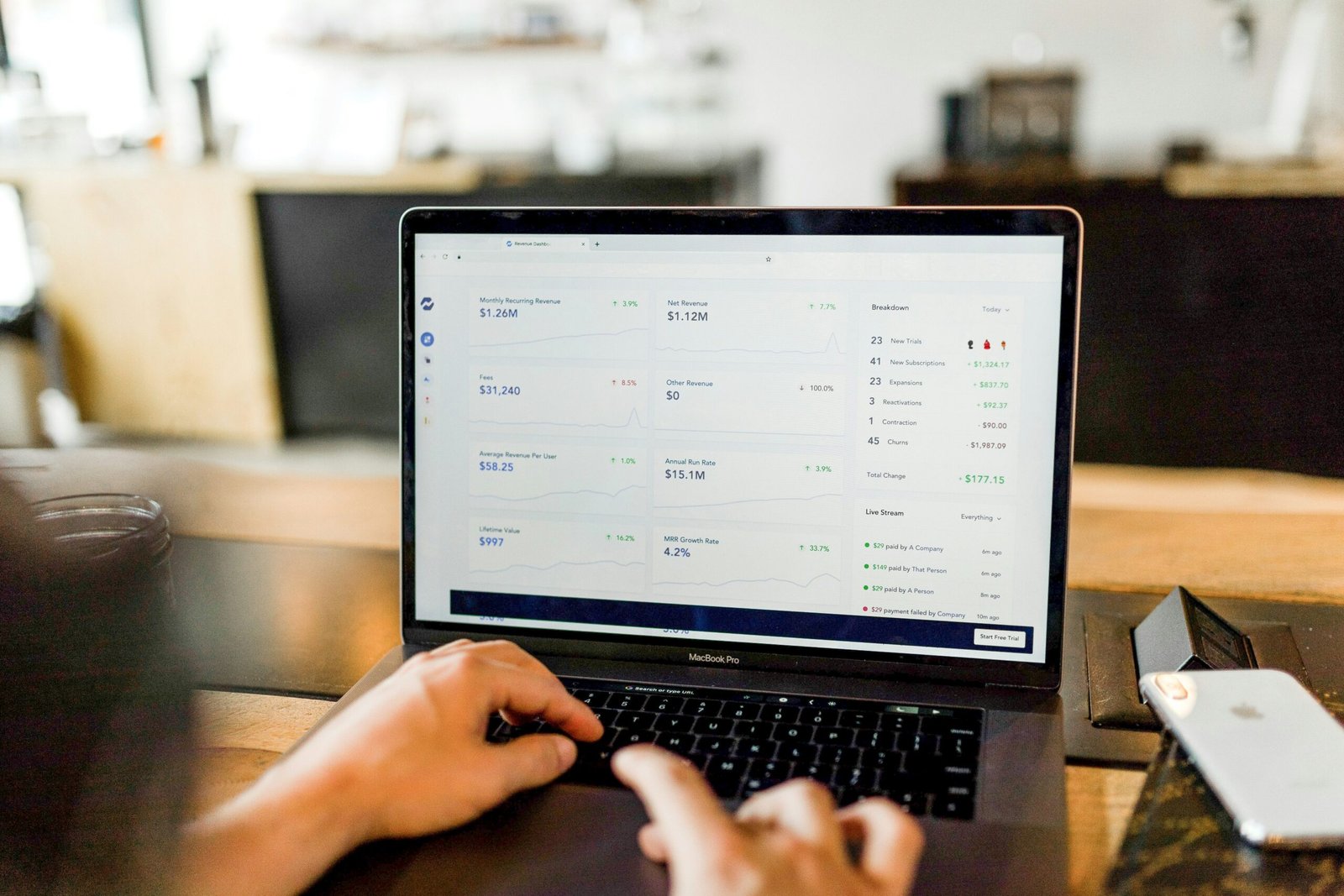Elevate your trading skills with my 10 expert rules for success on various trading platforms including Forex Factory. this my story
When I first started trading, I was overwhelmed by the vast amount of information and strategies available.
It seemed like everyone had their own secret formula for success, and I didn’t know where to begin. But I quickly re
alized that the key to achieving success with trading platforms was to develop a solid foundation of knowledge and to approach trading with discipline and patience.
One of the first steps I took was to educate myself about the different types of trading platforms available.
I researched and compared various platforms, looking for features that would suit my trading style and goals.
I wanted a platform that offered real-time market data, advanced charting tools, and a user-friendly interface.
After careful consideration, I chose a platform that met all of my requirements and started familiarizing myself with its features.
Next, I focused on understanding the fundamentals of trading. I studied technical analysis, learning how to interpret price charts and indicators to identify potential trading opportunities.
I also delved into fundamental analysis, which involved analyzing economic data and news events to gauge the market’s direction.
By combining these two approaches, I was able to develop a well-rounded trading strategy that took into account both the technical and fundamental aspects of the market.
But knowledge alone was not enough. I quickly learned that discipline and patience were essential traits for successful trading.
It can be tempting to make impulsive decisions based on emotions or market hype, but I realized that this approach was a recipe for disaster.
Instead, I developed a set of rules and guidelines that I followed religiously. This included setting specific entry and exit points for each trade, limiting my risk exposure, and sticking to my trading plan even when faced with market volatility.
As I gained more experience, I also learned the importance of risk management. I understood that no matter how well I analyzed the market or how confident I felt about a trade, there was always a possibility of losses.
To protect my capital, I implemented risk management techniques such as setting stop-loss orders and diversifying my portfolio.
This helped me minimize losses and preserve my trading capital, allowing me to stay in the market for the long term.
Over time, my trading skills improved, and I started seeing consistent profits. But it wasn’t without its ups and downs.
There were times when I made mistakes and experienced losses. However, I viewed these setbacks as learning opportunities and used them to refine my trading strategy.
I constantly reviewed my trades, analyzed my mistakes, and made adjustments to improve my performance.
Today, I am proud to say that I have achieved success with trading platforms. I have developed a profitable trading strategy that aligns with my goals and risk tolerance.
But I also understand that trading is an ongoing journey, and there is always something new to learn. I continue to stay updated with market trends, attend webinars and workshops, and collaborate with other traders to exchange ideas and insights.
Trading platforms have provided me with the opportunity to pursue my financial goals and achieve financial independence.
It has been a challenging yet rewarding journey, and I am grateful for the knowledge and skills I have gained along the way.
If you are considering venturing into the world of trading, I encourage you to approach it with dedication, discipline, and a thirst for knowledge. With the right mindset and the right tools,
success is within reach.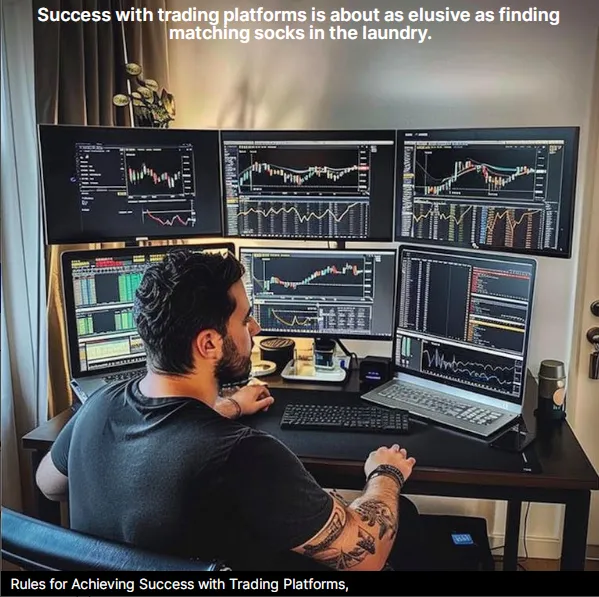
Rule 1: Always Use a Trading Plan on any Trading Platforms
One of the most crucial aspects of successful trading is having a well-defined trading plan. A trading plan outlines your goals, risk tolerance, and the strategies you will use to achieve consistent profits. It acts as a roadmap, keeping you focused and disciplined in your trading activities.
Before executing any trade, I always make sure to analyze the market conditions, identify potential entry and exit points, and determine the appropriate position size.
This helps me stay organized and reduces the likelihood of impulsive and emotional trading decisions.
Having a trading plan is like having a blueprint for your trading journey. It provides you with a clear direction and helps you avoid making costly mistakes. A well-thought-out plan takes into account various factors such as market trends, economic indicators, and risk management strategies.
When creating a trading plan, it is important to set realistic goals. This means defining your financial objectives and determining the time frame in which you expect to achieve them.
By setting achievable targets, you can avoid the trap of chasing unrealistic profits and focus on consistent, sustainable growth.
Another key component of a trading plan is determining your risk tolerance. This involves assessing how much capital you are willing to risk on each trade and setting stop-loss orders to limit potential losses.
By understanding your risk tolerance, you can ensure that you are not taking on excessive risk and protect yourself from significant financial setbacks.
In addition to setting goals and determining risk tolerance, a trading plan should also outline the strategies you will use to enter and exit trades.
This may include technical analysis indicators, such as moving averages or trend lines, as well as fundamental analysis of economic data or company financials.
By having a clear strategy in place, you can make informed trading decisions based on objective criteria rather than emotions or impulsive reactions.
Furthermore, a trading plan should include guidelines for position sizing. This involves determining the appropriate amount of capital to allocate to each trade based on your risk tolerance and the potential reward-to-risk ratio.
Proper position sizing helps you manage risk effectively and prevents you from overexposing your trading account to any single trade.
Overall, using a trading plan is essential for long-term success in the financial markets. It provides structure and discipline, helping you make rational and informed trading decisions. By following a well-defined plan, you can increase your chances of achieving consistent profits and minimizing losses.
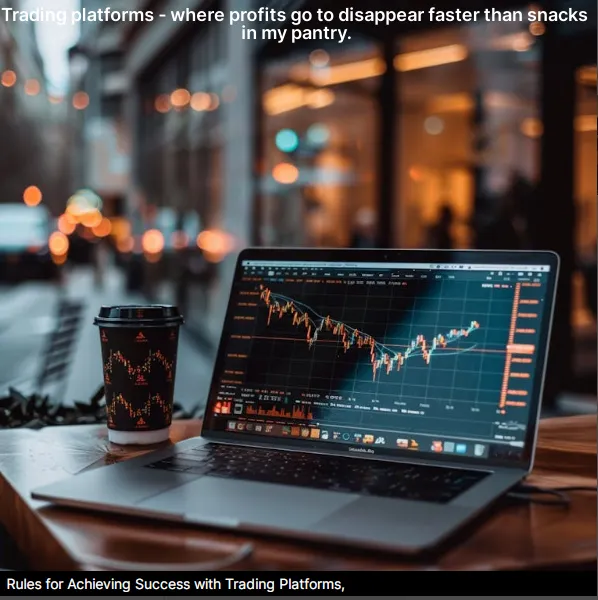
Rule 2: Treating trading as a business
Furthermore, treating trading as a business means establishing a clear and well-defined trading plan. This plan outlines my objectives, strategies, risk management techniques, and criteria for entering and exiting trades.
It serves as a roadmap that guides my decision-making process and helps me stay disciplined in the face of market fluctuations.
Another aspect of treating trading as a business is maintaining a professional attitude. Just like in any other business, emotions can cloud judgment and lead to impulsive and irrational decisions. Therefore, I strive to stay calm and objective, relying on my trading plan and analysis rather than succumbing to fear or greed.
In addition, I allocate dedicated time and resources to educate myself about the markets and trading strategies. This includes reading books, attending seminars, and subscribing to reputable financial publications.
By continuously learning and staying informed, I can adapt to changing market conditions and refine my trading approach.
Moreover, as with any business, trading requires financial discipline. I establish a separate trading account and allocate funds specifically for trading purposes.
This ensures that my personal finances are not affected by any potential losses incurred in the market. I also set realistic financial goals and regularly review my progress to ensure that I am on track.
Lastly, treating trading as a business means understanding that it is a long-term endeavor. Just like a business takes time to grow and succeed, trading requires patience and perseverance. I do not expect to become a millionaire overnight, but rather focus on consistent and sustainable growth over time.
In conclusion, treating trading as a business is essential for long-term success in the financial markets.
By adopting a professional mindset, establishing a clear trading plan, staying disciplined, continuously learning, practicing financial discipline, and maintaining a long-term perspective, I increase my chances of achieving my trading goals and building a successful trading career.

Rule 3: Use technology in my trading strategy
Moreover, technology allows me to automate certain aspects of my trading strategy. I use algorithmic trading systems that can execute trades based on predefined criteria, such as specific price levels or technical indicators.
This not only saves me time and effort but also ensures that trades are executed without any emotional bias.
Another advantage of using technology in trading is the ability to backtest and optimize trading strategies. With the help of historical data and specialized software, I can simulate the performance of different trading strategies and identify the most profitable ones.
This allows me to refine my approach and increase my chances of success in the market.
Furthermore, technology has revolutionized the way I stay informed about market developments. I have access to a wealth of financial news, analysis, and research through online platforms and news aggregators.
This enables me to stay updated on the latest market trends, economic indicators, and company news that may impact my trading decisions.
Additionally, technology has made it easier to manage risk in trading. I use risk management tools and software that help me calculate position sizes, set stop-loss orders, and manage my overall portfolio. This ensures that I have a disciplined approach to risk and helps me protect my capital.
In conclusion, embracing technology has been instrumental in my trading success. It has allowed me to access real-time market data, automate trading strategies, backtest and optimize trading approaches, stay informed about market developments, and manage risk effectively.
By leveraging technology to my advantage, I am able to make informed trading decisions and increase my chances of achieving consistent profitability in the dynamic and fast-paced world of trading.
Rule 4: Protect Your Trading Capital
Protecting your trading capital is of utmost importance in the world of trading. I always adhere to strict risk management principles to minimize potential losses and preserve my capital.
Before entering any trade, I determine the maximum amount I am willing to risk and set a stop-loss order accordingly. This ensures that my losses are limited in case the market moves against my position. Additionally, I avoid overtrading and diversify my portfolio to reduce the impact of any single trade.
One important aspect of protecting my trading capital is maintaining a disciplined approach to risk management. This involves setting realistic profit targets and sticking to them, as well as cutting losses quickly when a trade is not going as planned.
By doing so, I am able to protect my capital from significant drawdowns and preserve it for future trading opportunities.
Another strategy I employ to protect my trading capital is to constantly monitor the market and stay informed about any potential risks or events that could impact my trades.
This includes staying up-to-date with economic news, market trends, and any other factors that could influence the performance of my trades. By being proactive and staying informed, I am able to make more informed decisions and adjust my trading strategy accordingly.
In addition to these risk management strategies, I also make use of various tools and techniques to protect my trading capital.
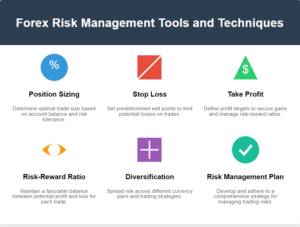
This includes using trailing stop orders to lock in profits as a trade moves in my favor, as well as implementing position sizing techniques to ensure that no single trade has a disproportionate impact on my overall portfolio.
Furthermore, I also make it a point to regularly review and analyze my trades to identify any patterns or mistakes that could be impacting my trading performance.
By learning from past trades and continuously improving my trading strategy, I am able to better protect my trading capital and increase my chances of long-term success in the markets.
In conclusion, protecting your trading capital should be a top priority for any trader. By following strict risk management principles, staying informed about market conditions, and continuously improving your trading strategy, you can minimize potential losses and preserve your capital for future trading opportunities.
Additionally, I believe in the importance of studying historical market data. By analyzing past price patterns and market behavior, I can identify recurring trends and patterns that may provide valuable insights into future market movements.
Rule 6: Studying various trading strategies
Moreover, I dedicate time to studying various trading strategies and techniques. This allows me to diversify my trading approach and adapt to different market conditions. I explore different indicators, chart patterns, and trading systems to find what works best for me.
Furthermore, I actively engage in discussions with fellow traders and participate in trading communities. This exchange of ideas and experiences helps me gain different perspectives and learn from others’ successes and failures.
It also provides an opportunity to share my own insights and contribute to the collective knowledge of the trading community.
To supplement my learning, I also make use of trading simulators and backtesting tools. These platforms allow me to practice trading strategies in a risk-free environment and evaluate their performance based on historical data.
This hands-on experience helps me refine my trading skills and build confidence in my decision-making abilities.
Lastly, I believe that being a student of the markets also involves maintaining a disciplined and reflective mindset. I regularly review my trades, analyzing both profitable and losing trades to identify patterns and areas for improvement.
This self-reflection helps me learn from my mistakes, refine my strategies, and continuously grow as a trader.
Rule 6: Risk Only What You Can Afford to Lose
Risk management is a critical aspect of successful trading. I never risk more than I can afford to lose. This means that I only allocate a portion of my overall capital to trading and never put my financial well-being at stake.
By setting a predetermined risk tolerance and sticking to it, I can trade with peace of mind and avoid making impulsive decisions driven by fear or greed. This approach allows me to maintain a balanced and sustainable trading strategy.
When determining how much I can afford to risk, I take into consideration my current financial situation, including my income, expenses, and savings. I also factor in any potential losses that may occur in my trading activities. This thorough assessment helps me establish a realistic and manageable risk threshold.
Furthermore, I diversify my investments across different asset classes and trading strategies. This diversification spreads out my risk and reduces the likelihood of significant losses in any single trade or market. It also allows me to take advantage of various opportunities and potentially increase my overall returns.
In addition to diversification, I regularly review and adjust my risk management plan. Market conditions and personal circumstances can change over time, so it’s important to reassess my risk tolerance and adjust my trading approach accordingly. This ongoing evaluation ensures that I am always trading within my means and adapting to the ever-changing market environment.
Another crucial aspect of risk management is the use of stop-loss orders. These orders automatically trigger a sell order if a trade reaches a predetermined price level, limiting potential losses. By setting stop-loss orders, I can protect my capital and minimize the impact of adverse market movements.
Lastly, I constantly monitor my trades and stay informed about market trends and news that may affect my positions. This proactive approach allows me to make informed decisions and adjust my risk exposure if necessary.
In conclusion, by adhering to the principle of risking only what I can afford to lose, I prioritize the preservation of my capital and the long-term sustainability of my trading activities. Through careful risk management, diversification, regular evaluation, and the use of stop-loss orders, I can navigate the financial markets with confidence and increase my chances of achieving consistent profits.
Rule 7: Research. Before making any trading decisions
One of the key aspects of my methodology is thorough research. Before making any trading decisions, I spend a significant amount of time gathering and analyzing relevant information. This includes studying financial statements, market trends, economic indicators, and news releases.
By staying well-informed about the latest developments in the market, I can make more informed decisions and avoid making impulsive trades based on rumors or hearsay. This approach helps me to filter out noise and focus on the facts that truly matter.
In addition to research, technical analysis plays a crucial role in my methodology. I utilize various technical indicators such as moving averages, oscillators, and trend lines to identify potential entry and exit points.
These indicators help me to gauge the strength of a trend, spot reversals, and determine the optimal timing for my trades.
Moreover, I pay close attention to chart patterns, which provide valuable insights into market behavior. Patterns such as head and shoulders, double tops or bottoms, and triangles can indicate potential price movements and help me to anticipate market reversals or breakouts.
Another important component of my methodology is trend analysis. By analyzing historical price data, I can identify long-term trends and determine whether a particular asset is in an uptrend, downtrend, or range-bound.
This information allows me to align my trades with the prevailing market direction, increasing the probability of success.
By developing a methodology based on facts, I am able to minimize the influence of emotions and gut feelings in my trading decisions. Emotions such as fear and greed can cloud judgment and lead to impulsive and irrational actions. By relying on objective analysis and data-driven strategies, I can make more disciplined and rational decisions, which ultimately leads to better trading performance.
Rule 8: Stop-loss order
When setting a stop-loss order, it is important to determine the appropriate level at which to place it.
This level should be based on careful analysis of the market conditions and the specific trade setup. I consider various factors such as support and resistance levels, trend lines, and key technical indicators to determine the optimal stop-loss level.
Additionally, I always make sure to set a stop-loss order that is realistic and reasonable. Placing it too close to the entry price may result in premature exits and frequent stop-outs, while setting it too far away may expose me to larger losses if the trade goes against me.
Furthermore, I regularly review and adjust my stop-loss orders as the trade progresses. As the price moves in my favor, I may choose to trail the stop-loss order to lock in profits and protect against potential reversals. This allows me to maximize my gains while still maintaining a level of protection.
Another important aspect of using a stop-loss order is to stick to it. Emotions can often cloud judgment and lead to irrational decision-making.
However, I have learned the importance of discipline and following my predetermined stop-loss levels, even if it means accepting a loss. This helps me avoid holding onto losing trades in the hope that they will eventually turn around, which can lead to even greater losses.
Overall, incorporating a stop-loss order into my trading strategy has been instrumental in managing risk and preserving capital.
It serves as a safeguard against unexpected market movements and allows me to exit losing trades in a timely manner. By carefully analyzing market conditions, setting realistic stop-loss levels, and maintaining discipline, I am able to protect myself from significant downside risk and increase my chances of long-term trading success.
Rule 9: Know When to Stop Trading
Knowing when to stop trading is as important as knowing when to enter a trade. I have learned to recognize signs of fatigue, stress, or distraction that may impair my judgment and decision-making abilities.
If I find myself experiencing emotional distress or if the market conditions are unfavorable, I take a step back and refrain from trading. It is crucial to maintain a clear and focused mindset to make rational trading decisions.
Over the years, I have developed a set of strategies to help me determine when it is time to stop trading.
One of the key indicators I look for is a decline in my overall performance. If I notice a consistent decrease in profitability or an increase in losses, it is a clear sign that something is not right.
Another factor that influences my decision to stop trading is the level of stress I am experiencing.
Trading can be a highly stressful activity, and it is important to recognize when it becomes too much to handle. If I find myself feeling overwhelmed or constantly on edge, I know it is time to take a break.
Additionally, external factors such as market conditions can also play a role in determining when to stop trading.
If I notice that the market is particularly volatile or unpredictable, I may choose to step away until conditions stabilize. This helps me avoid making impulsive decisions based on short-term fluctuations.
Furthermore, I have learned to trust my instincts when it comes to knowing when to stop trading. Sometimes, even if everything seems to be going well on the surface, I may have a gut feeling that something is off. In such cases, I have learned to listen to that inner voice and take a break from trading.
By knowing when to stop trading, I am able to protect my capital and avoid making hasty decisions that could lead to significant losses. Taking breaks and maintaining a clear mindset allows me to come back to trading with a fresh perspective and renewed focus.
Rule 10: Keep Trading in Perspective
Lastly, it is essential to keep trading in perspective and not let it consume your entire life. While trading can be exciting and financially rewarding, it is crucial to maintain a healthy work-life balance.
I make sure to allocate time for family, hobbies, and personal well-being. This helps me stay grounded, reduce stress, and approach trading with a clear and refreshed mindset.
For me, maintaining a work-life balance means setting boundaries and sticking to them. I have designated trading hours during which I am fully focused on analyzing the markets, making informed decisions, and executing trades.
Outside of those hours, I make a conscious effort to disconnect from the trading world and engage in activities that bring me joy and relaxation.
Spending quality time with my family is one of my top priorities. I cherish the moments shared with my loved ones, whether it’s going on vacations, having family dinners, or simply engaging in meaningful conversations.
These moments remind me of what truly matters in life and provide me with the emotional support and stability I need to thrive in my trading career.
In addition to family time, I also prioritize my hobbies and personal well-being. Engaging in activities that I am passionate about, such as playing a musical instrument, practicing yoga, or reading a good book, helps me recharge and maintain a sense of fulfillment outside of trading.
These activities allow me to explore different aspects of my personality and provide a much-needed break from the intensity of the markets.
Maintaining a healthy work-life balance is not just about finding time for leisure activities; it also involves taking care of my physical and mental well-being.
Regular exercise, proper nutrition, and sufficient sleep are crucial for me to perform at my best and make sound trading decisions. I prioritize self-care and make sure to listen to my body’s needs, whether it’s taking a break when feeling overwhelmed or seeking professional help when facing challenges that impact my mental health.
By keeping trading in perspective and prioritizing my work-life balance, I can approach the markets with a clear and refreshed mindset. This allows me to make rational decisions based on careful analysis rather than being driven by emotions or becoming consumed by the constant fluctuations of the market.
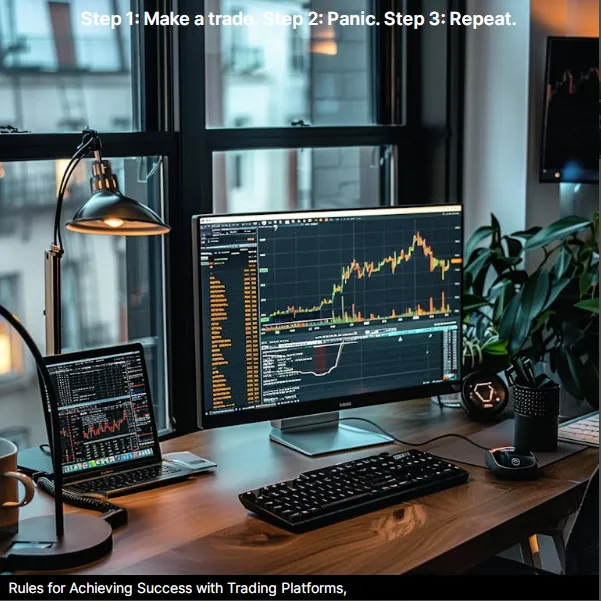
In conclusion, achieving success with trading platforms requires discipline, continuous learning, and a systematic approach. By following these ten rules, I have been able to navigate the markets successfully and achieve consistent profits.
Remember, trading is a journey, and it is essential to enjoy the process while staying committed to your goals.
